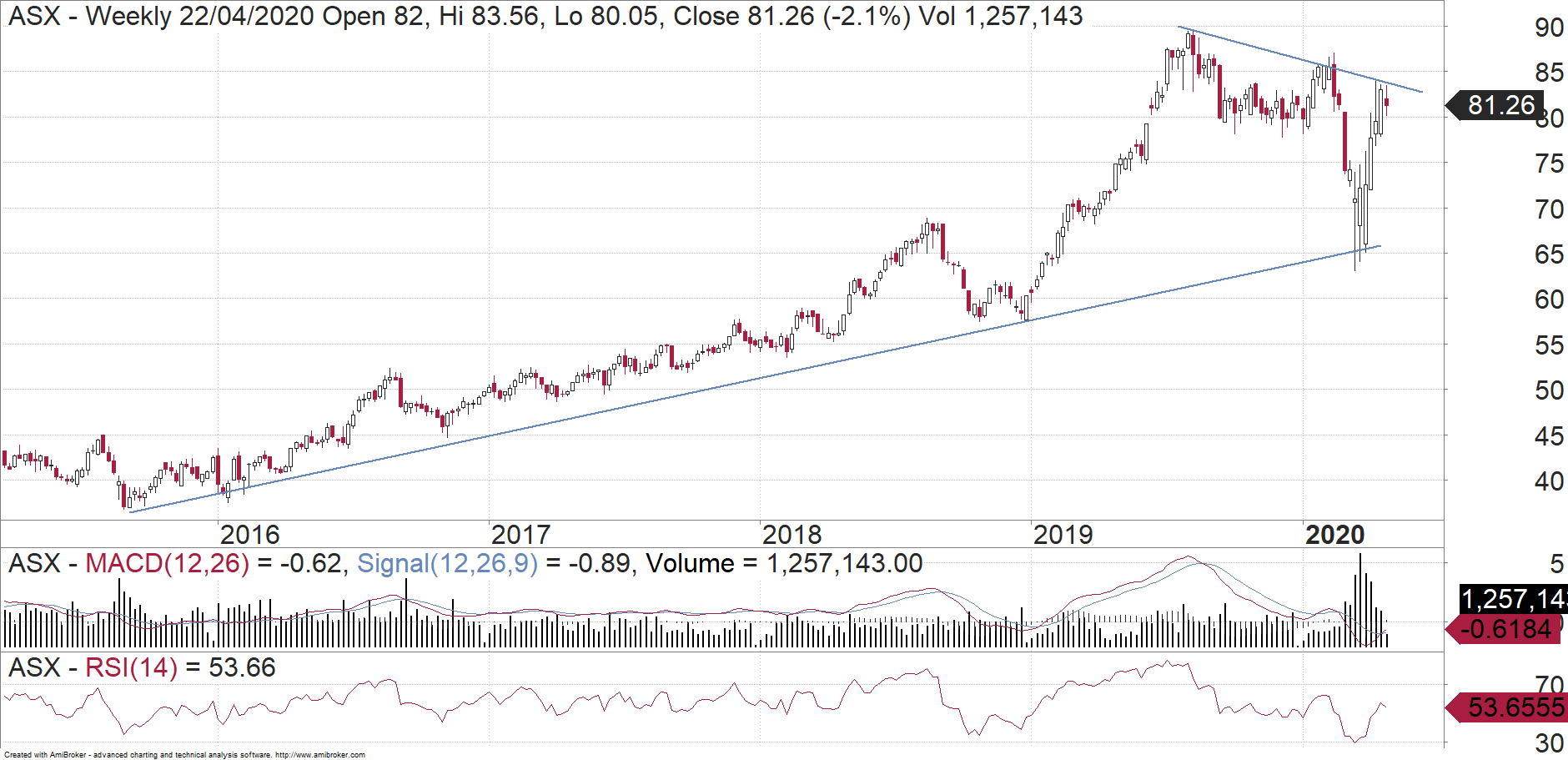Are you ready to venture into the exciting world of options trading on the Australian Securities Exchange (ASX)? As a beginner, it’s crucial to understand the ins and outs of this exhilarating yet potentially lucrative investment strategy. In this article, we’ll delve into the basics of ASX listed options trading, empowering you with the knowledge and confidence to embark on your options trading journey. Whether you’re a seasoned investor seeking to expand your portfolio or a novice looking to learn the ropes, we’ve got you covered.

Image: www.sharecafe.com.au
Options are contracts that grant the buyer the right, but not the obligation, to buy or sell an underlying asset, such as shares, at a specific price before a pre-determined date. This flexibility offers investors a spectrum of opportunities, from generating income through options premiums to hedging against potential losses. The ASX provides a diverse range of listed options, including: share options, index options, FOREX options, interest rate options, and commodity options. Each option type caters to distinct investment strategies, so it’s imperative to research and choose the ones most aligned with your objectives.
Understanding the Basics of ASX Listed Options Trading
Call Options: A call option gives the buyer the right to buy an underlying asset at a specified price (the strike price) on or before a specific date (the expiry date). Investors typically purchase call options when they anticipate the price of the underlying asset to rise, aiming to profit from the potential price appreciation. If the market price of the underlying asset exceeds the strike price before the expiry date, the call option holder has the option to exercise their right to buy the asset at the strike price, and potentially gain from the difference between the market price and the strike price. However, if the market price falls below the strike price, the call option may expire worthless, resulting in the loss of the premium paid.
Put Options: A put option grants the buyer the right to sell an underlying asset at a specified price on or before a specific date. Investors often buy put options when they anticipate a decline in the price of the underlying asset. If the market price falls below the strike price before the expiry date, the put option holder has the option to sell the asset at the strike price, potentially profiting from the price depreciation. Conversely, if the market price rises above the strike price, the put option may expire worthless, resulting in the loss of the premium paid.
Option Premium: The premium is the price paid by the buyer to the seller of an option contract. It represents the intrinsic value of the option, which is the difference between the strike price and the market price of the underlying asset at the time of purchase. The higher the intrinsic value, the more expensive the option premium.

Image: www.tradingview.com
Asx Listed Options Trading
Real-World Applications of ASX Listed Options Trading
Income Generation: Selling options can provide a steady stream of premium income, especially if the options expire worthless. This strategy is known as “option writing” or “selling options.” Investors who sell options aim to collect the premium paid by the buyer while retaining the underlying asset.
Hedging Against Risk: Options can be used to protect existing positions from adverse price fluctuations in the underlying asset. By purchasing an option with an opposite position to the underlying asset, investors can potentially reduce the overall risk of their portfolio.
Speculation: Options offer traders the opportunity to speculate on the future direction of an asset’s price. They can speculate on both bullish (rising prices) and bearish (falling prices) market scenarios.






